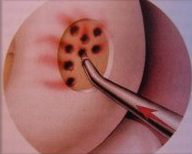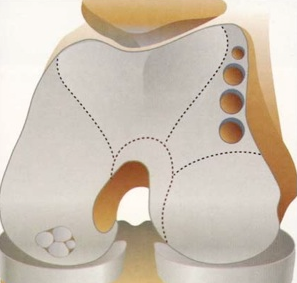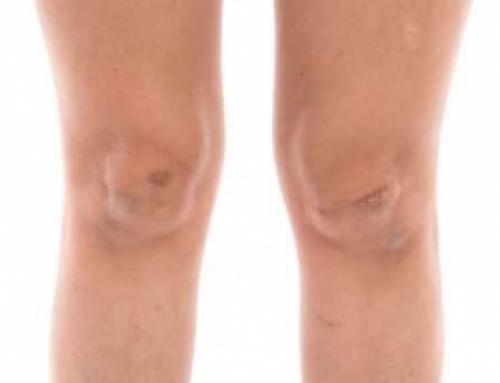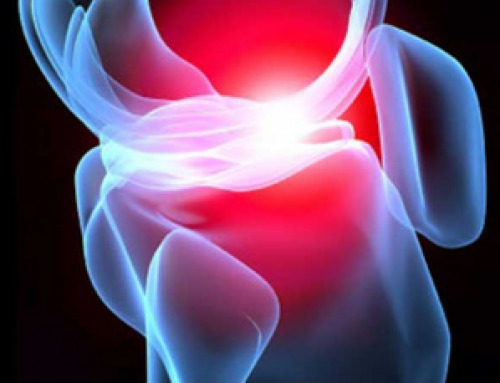Articular cartilage is the smooth, white tissue covering the ends of bones at the joints. Cartilage can be damaged by injury or normal wear and tear. Since cartilage does not heal itself effectively, surgical techniques can stimulate new cartilage growth. These procedures relieve pain, result in better joint function, and delay or prevent arthritis onset. The most current and skilled orthopedic surgeons in Los Angeles offer minimally invasive cartilage restoration options.
Good candidates for articular cartilage restoration are generally younger adults with a single injury. This surgery is most commonly performed on the knee. Many restorative articular cartilage procedures are done arthroscopically. Three small, puncture incisions are made around the joint by an arthroscope. Typically, recovery is quicker and less painful with this type of surgery, especially when done by the best knee surgeon in Los Angeles, Dr. Raj.
Common Cartilage Restoration Procedures
Microfracture: This surgery is performed to stimulate new articular cartilage growth by creating a new blood supply. A sharp awl makes multiple holes in

Knee Microfracture Procedure
the surface of the joint in the subchondral bone. This action causes a healing process and subsequent formation of new cartilage. The new cartilage is functional, but not exactly like the normal cartilage a person is born with.
Drilling: This procedure stimulates healthy cartilage growth. Several holes are made into the injured subchondral joint with a surgical drill and wire, creating a healing response. Drilling can be performed using an arthroscope. Less precise than microfracture, heating of the drill can cause some tissue injury.
Abrasion Arthroplasty: This surgery involves the use of high speed burrs to remove damaged cartilage from the subchondral joint.
Autologous Chondrocyte Implantation: This is a two-part procedure where new cartilage cells are produced and then implanted into the defective areas of cartilage damage. Performed using arthroscopy by an orthopedic doctor in Los Angeles, healthy cartilage is taken from a non-weightbearing bone area and sent to a laboratory. Over three to five weeks, these cells are cultured and increase in number.
Arthrotomy: After a autologous chondrocyte implantation, this open surgical procedure is performed to implant the new cells. A layer of bone lining tissue is sewn over the periosteal area first and sealed with fibrin glue. The new cells are injected into the defect, underneath the cover.

OATS Procedure
Osteochondral Autograft Transplantation: With this surgery, there is cartilage transfer from one part of the joint to another. A graft (healthy cartilage), taken from a non-weightbearing section of bone, is matched to the defective surface area. The graft is impacted into place, leaving a smooth cartilage surface within the joint. This procedure is generally done on smaller cartilage defects. Graft tissue can only be removed from limited areas of the same joint.
Osteochondral Allograft Transplantation: When injured cartilage is larger, an allograft (graft removed from a cadaver donor) is an option. While similar to autograft, an allograph is usually larger. It is sterilized, prepared, and tested for any possible transmission of disease. Often performed using an open incision, the graft is shaped to the exact contour of the defect and press-fitted into place.





